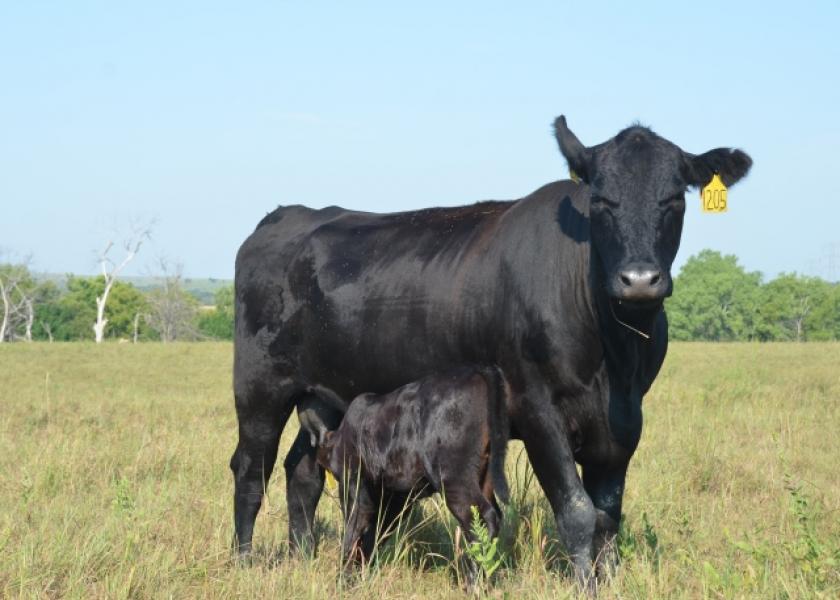In The Cattle Markets: Beef Herd Rebuilding Continues

By: Brenda Boetel, University of Wisconsin-River Falls
U.S. beef cow herd rebuilding continued throughout 2015, as shown by the USDA NASS release of the CATTLE report on Friday, Jan. 29, 2016. The number of all cattle and calves in the U.S. on January 1, 2016 totaled 92.0 million head, a 3% increase over 2015. Note that NASS did revise downward the July 1 2014 cattle and calves inventory by 0.6% and the 2014 calf crop by 1.1%. Inventory of cattle and calves on January 1, 2015 was also revised downward by 0.7%.
According to the report, on Jan. 1, 2016, the number of beef cows and heifers that calved at 30,300,800 head was up 3.5 percent from the 29,302,100 head on Jan. 1, 2015. The number of beef replacement heifers at 6,285.2 thousand head increased over 3% from 2015; however industry expectations were for a 5% increase. Finally, the number of beef replacement heifers expected to calve in 2016 at 3,924.6 thousand head was up over 5.7% from the 3,712 thousand in 2015. This suggests that the 2016 calf crop should increase by approximately 3.8% this year as compared to a 2.3% in 2015.
The five states with the largest numbers of beef cows that have calved include Texas, Oklahoma, Missouri, Nebraska and South Dakota. These states account for over 38% of the U.S. beef cows and over 46% of the increase in the beef cows occurred in these five states. Texas, which has 4.3 million cows and over 14% of U.S. beef cows, saw a 3.9% increase in their beef cow numbers. Additionally, Oklahoma, Missouri, Nebraska, and South Dakota averaged over 4% increases in beef cows. In spite of continued drought in parts of California in 2015, beef cow numbers increased to 625,000 (5.9%) although milk cow numbers decreased slightly from 1.78 million head to 1.775 million head (0.3%).
Oklahoma saw the greatest increase in U.S. beef replacements of 40,000 head to 460,000 (9.5%), followed by increases of 32,000 head (21%) in Arkansas and 30,000 head each in Colorado (18%) and Texas (4%). Interestingly, South Dakota, Nebraska, and Kansas all saw decreases in the number of heifers held for beef cow replacements.
A combination of 2.7% more beef and milk cows, and 2.9% more beef and dairy replacement heifers expected to calve should lead to a larger calf crop again in 2016. The combined total of calves under 500 pounds and other heifers and steers over 500 pounds (outside of feedlots) is 25.9 million head. This is 5 percent above one year ago. Those cattle that were grazing small grain pastures at 1.9 million were down 30,000 head from 2015.
The Markets
Although there were higher feedlot sales on Friday, live cattle contracts at the CME were moderately lower Friday. The cattle inventory report has been viewed as mostly negative due to the higher than expected increases in the 2015 cattle inventory. Monday saw the live cattle contracts finish mostly higher thanks to short coverings. Feeder cattle were bearing most of the negative impact from the cattle report as of mid-day Monday, but managed to finish higher. The choice price was down last week but as of Monday the cut outs were mixed with choice up $1.76 and select down $1.47. Tuesday will likely see limited cash transactions due to the pending winter storm.







